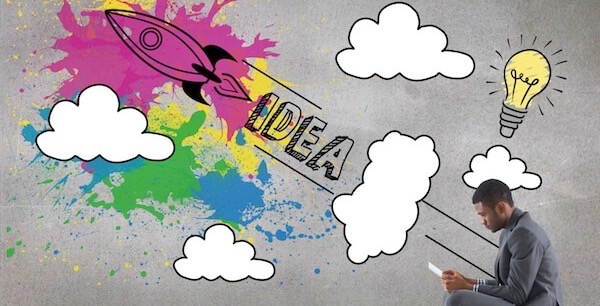Search by topic:

Among the gadgets in the kitchen the knife appears as the most simple tool. It is not as flashy as the electronic machines that make kitchen tasks so much lighter. Yet it is unimaginable to have a kitchen without this unassuming knife. Actually, scientists consider this humble tool as the first machine of the mechanical evolution. Thanks to the creative capacity of our ancestors. They saw the sharp edges of an angular stone as a means to easily tear apart their raw food. Through innovations, the knife was transformed from a stone in a dirt to that useful gadget in modern-day kitchens.
This process of thinking that generates or recognises ideas and alternatives to problem solving that are workable or functional is called creativity. Man’s capacity to be creative and innovative has made major contributions to humanity through the fields of science and the arts. Yet studies have proven that it also plays a very important role in everyday life. Experts in the field consider creativity as necessary in solving everyday problems and in adapting to changes. In fact, they consider it also as an indicator of mental health.
Without creativity there is no innovation. Creativity is what drives a person to consider things from different perspectives and to work out of the box. It enables him to seek different ways of solving complex problems and to conceptualise strategies. It gives him the capacity to produce unique ideas. Innovation, on the other hand, is creativity at work. That is, it implements what creativity conceives.
How does creativity and innovation arise? Case studies have come up with different theories to address this question. But the current views support the comprehensive framework conceptualised by Teresa Amabile, doctor in Psychology and Head of the Entrepreneurial Management Unit at the Harvard Business School. It suggests that creativity arises from the integration of three factors:
Many theories point to innovation and creativity as competencies of emotional intelligence (EI). This is so because EI enables one to transform emotions into motivators of creative activity. And during the creative process, innovation and creativity are at work with other EI competencies.
People lacking in this competence:
People with this competence:
Man has the natural capacity to be creative but it is not uniformly allotted. Some have more of this capacity than others. But just like an athlete who works on his muscles to increase his strength or an artist who practices to enhance his talent, creativity can be increased and developed with appropriate training and focus done in an environment that encourages innovation. The amount of training and its diversity are important factors as studies revealed that they are directly proportional to the creativity output.
The following are tested ways to get a person on track.
According to an IBM survey, the number one attribute CEOs look for in their incoming workforce is not discipline, integrity, or intelligence. It’s creativity. It does not only give man the capacity to adapt to a fast-changing and technology-driven environment but it also gives him the opportunity to be on the cutting edge of innovation to make a difference in his life and in this world.
Have you been living in a box? Are you running out of ideas in facing your problems? Need fresh ideas in sorting your life out?
Have you been living in a box? Are you running out of ideas in facing your problems? Need fresh ideas in sorting your life out? Contact us today.
by peoplebuilders
peoplebuilders.com.au